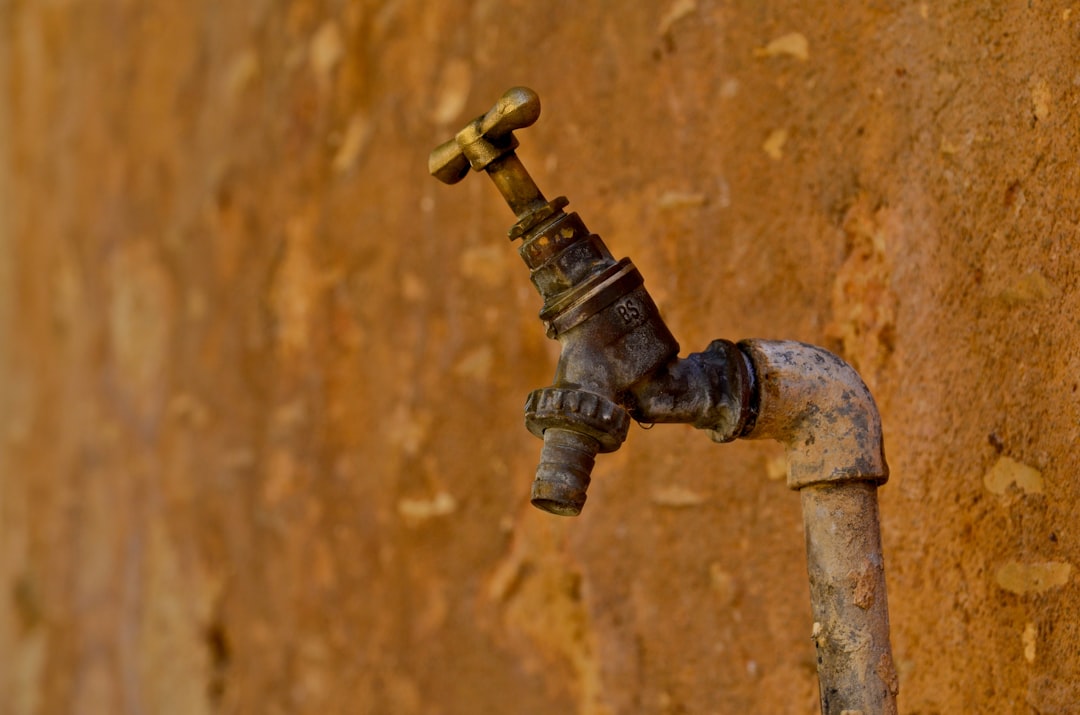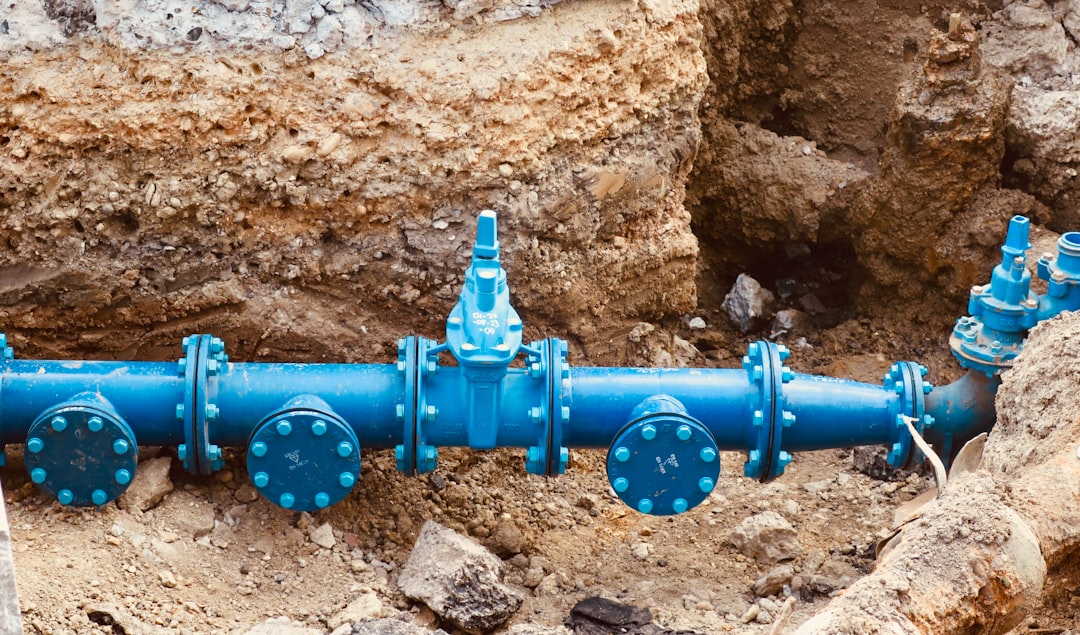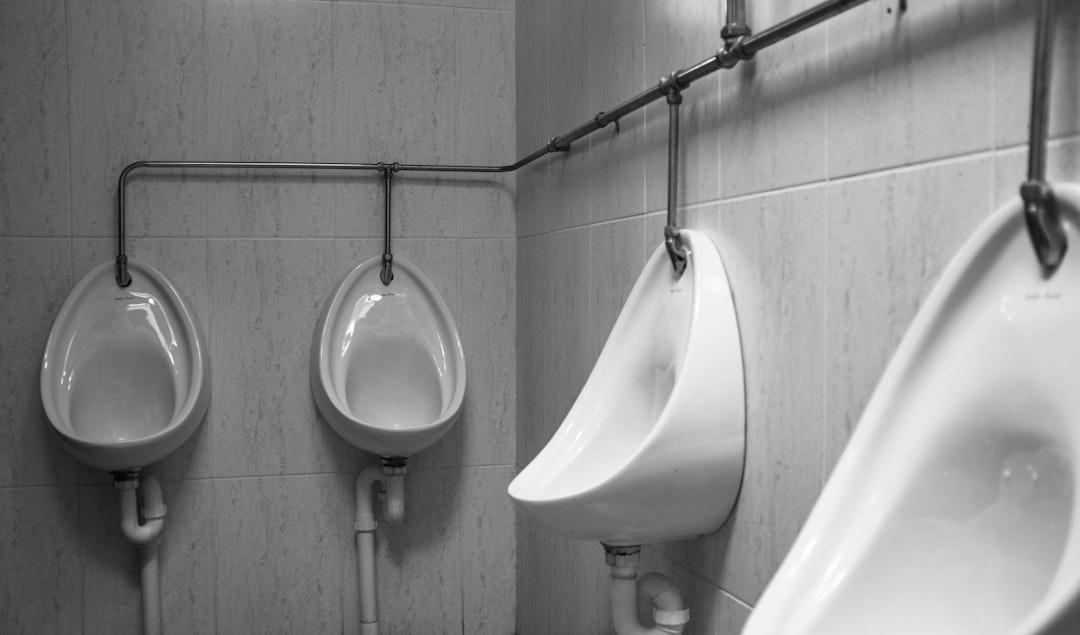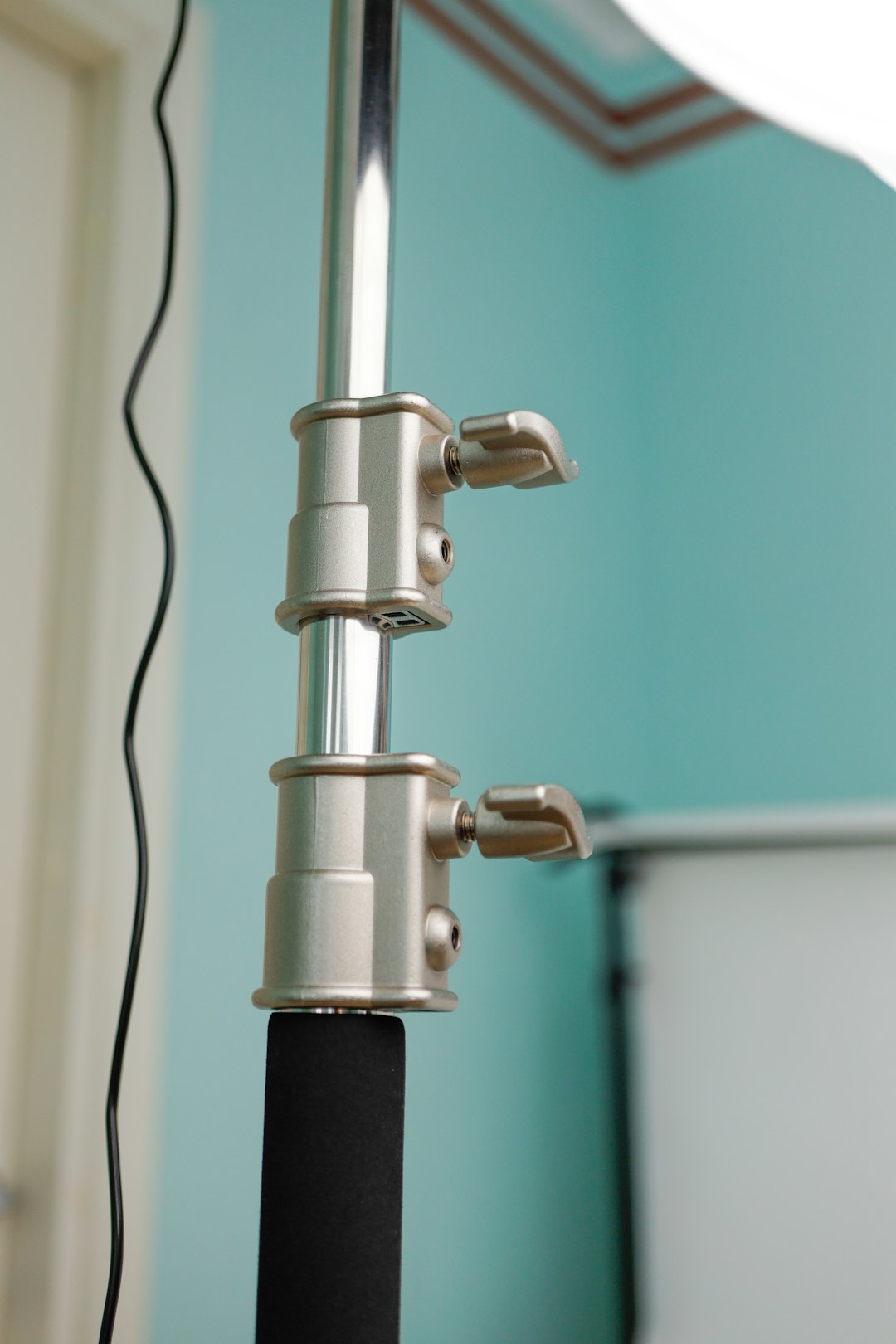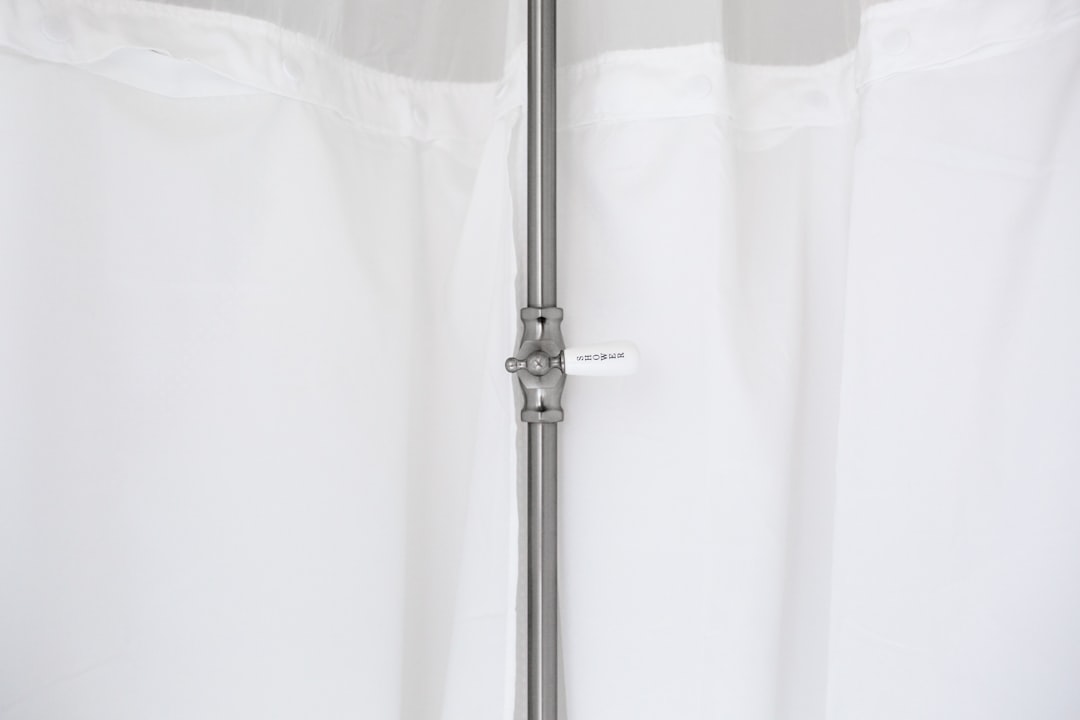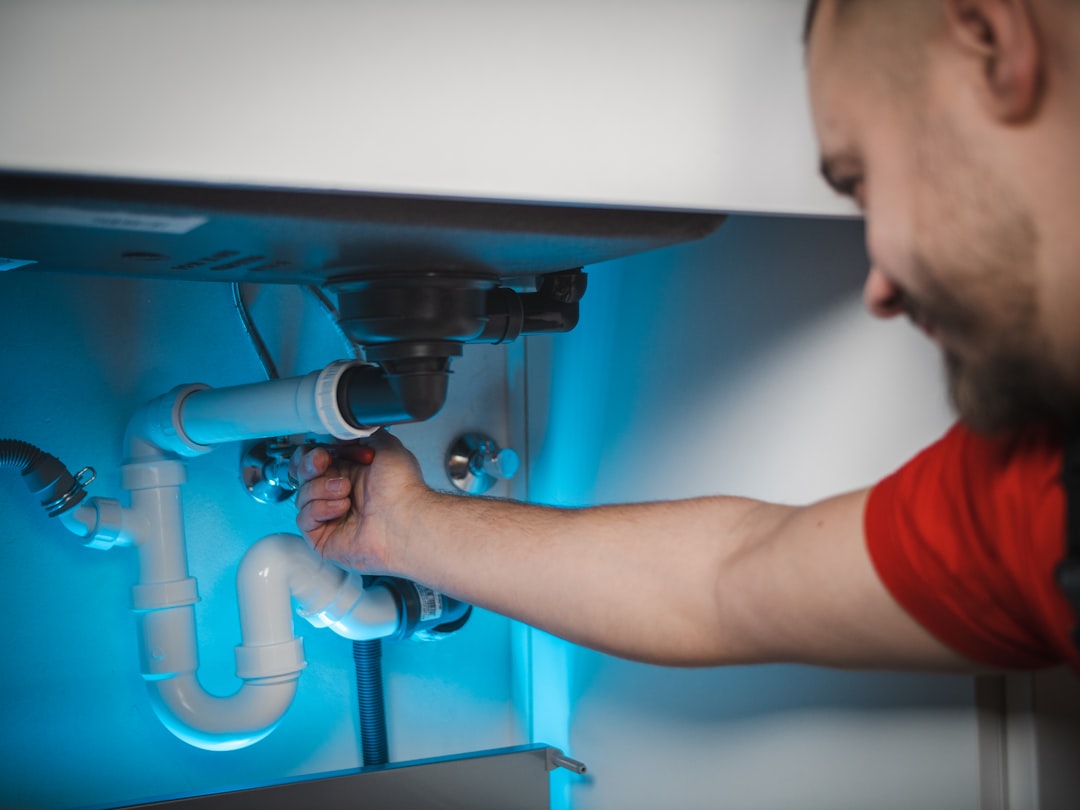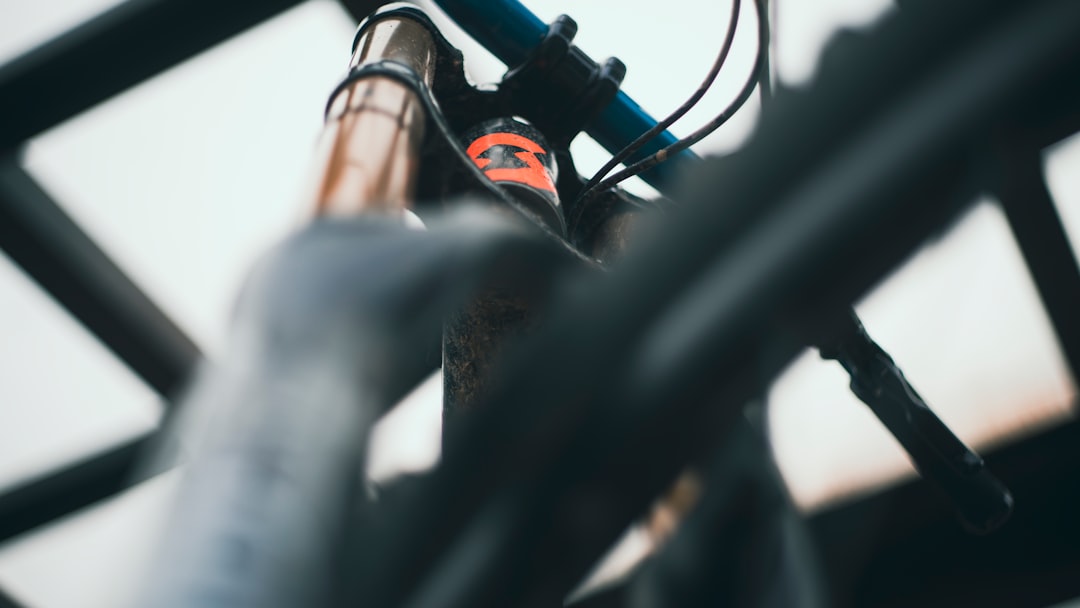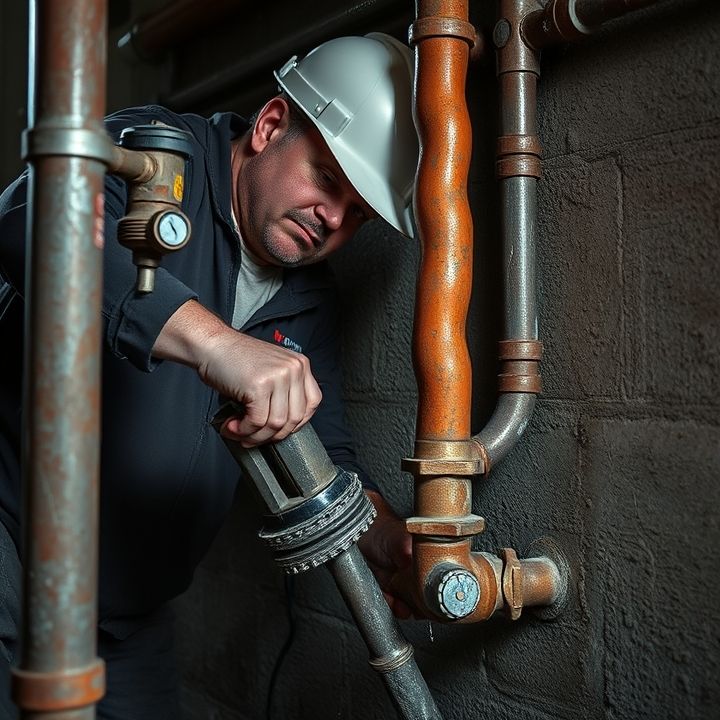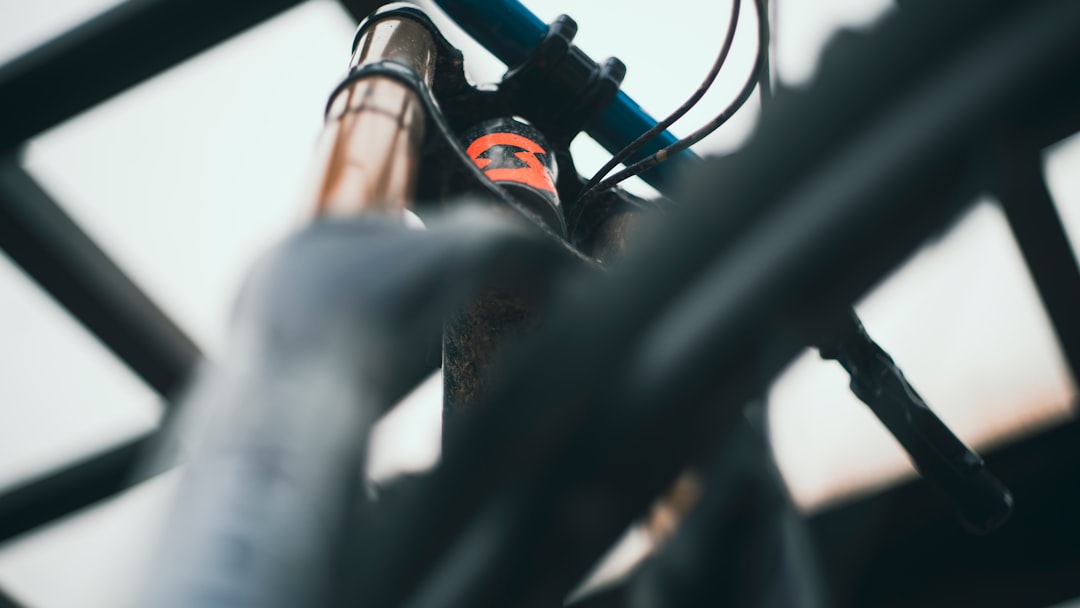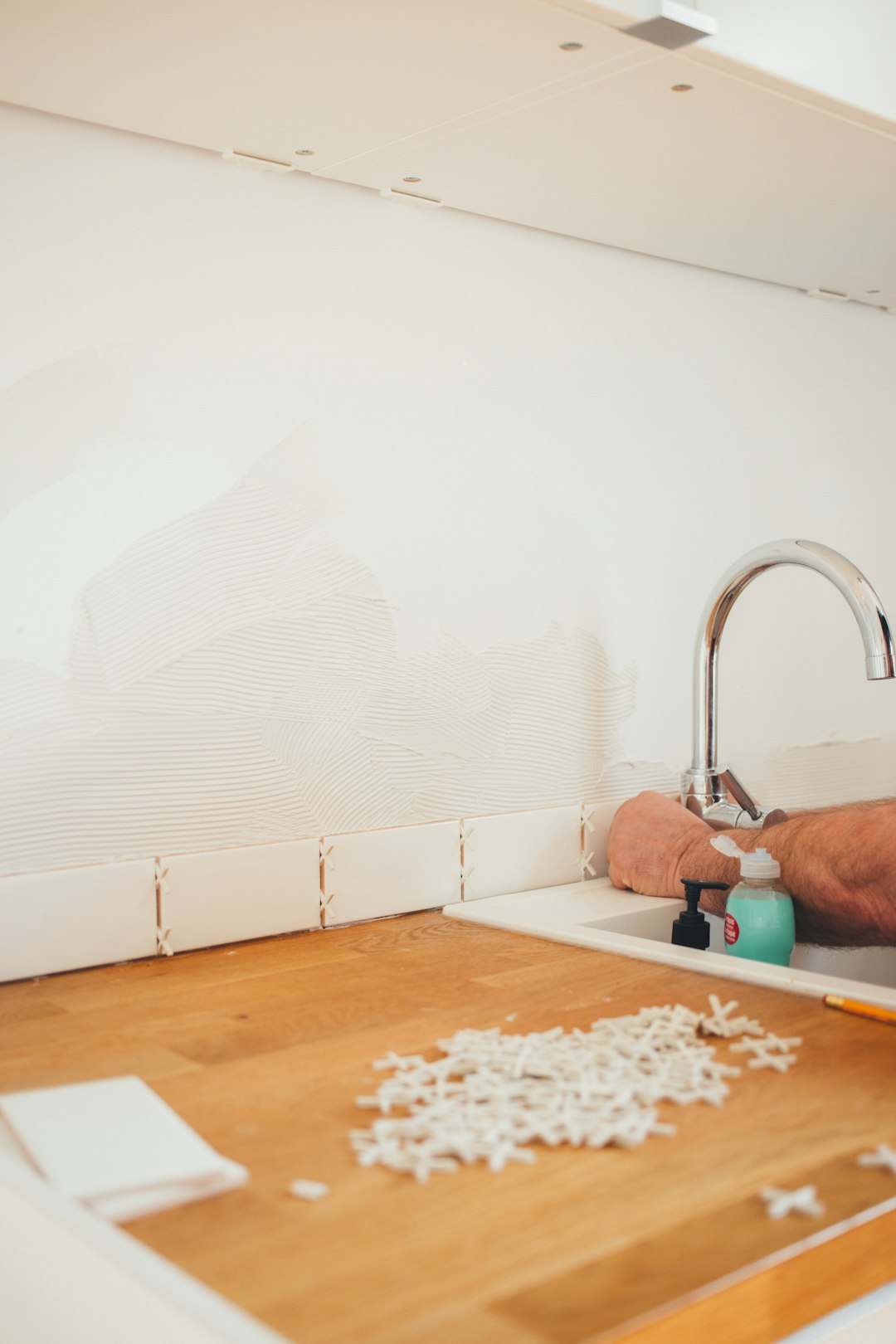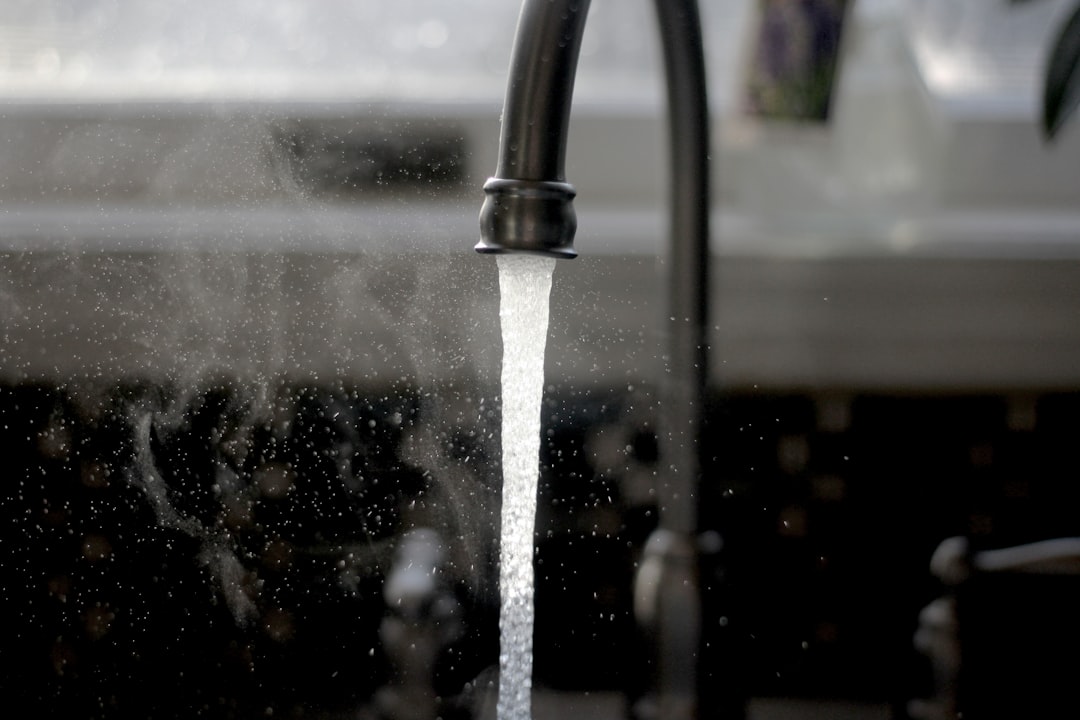Table of Contents
- Introduction
- Identifying the location of the frozen pipe
- Assessing the severity of the freeze
- Applying heat safely to thaw the pipe
- Using plumbing tools for access and repair
- Checking for leaks post-thawing
- Implementing preventive measures against future freezes
- Recommending plumbing maintenance practices
- Utilizing emergency plumbing services if necessary
- Conclusion
- Frequently Asked Questions
Introduction
As winter grips our homes with icy fingers, many homeowners face a chilling dilemma: frozen pipes. The sight of a pipe transformed into a solid column of ice can send shivers down anyone’s spine, leaving them wondering how to tackle this unexpected situation. But fear not!
Plumbers are the unsung heroes of the winter season, equipped with expertise and strategies that can thaw out even the most stubborn of frozen pipes. In this article, we’ll delve into the techniques and tools that these professionals use to turn what could be a disastrous situation into a routine fix. As we explore the methods that plumbers employ, you’ll discover the fascinating blend of science and craftsmanship behind their work.
So, whether you’re a homeowner hoping to learn some preventative measures or simply curious about the plumbing trade, join us as we shine a light on the thawing troubles that many face and how these experts tackle them like true pros!
Identifying the location of the frozen pipe
Identifying the location of a frozen pipe is crucial for effective plumbing repair. First, homeowners should look for signs of freezing, which often include water pressure drops or no water flow from taps. To locate the frozen segment, inspect the areas where pipes are most susceptible to freezing. These often include exterior walls, unheated basements, crawl spaces, and attics.
Next, touch the pipes along their length to identify any noticeably cold sections, as these are likely where the ice has formed. Listening carefully for water running, even if it is barely audible, can also provide hints about the location of the blockage. If any visible frost or condensation appears on the pipe, that indicates a possible frozen area.
Additionally, any unusual bulges or cracks in the pipe can suggest ice expansion. Once the frozen section is identified, it allows for targeted action to thaw the pipe safely and restore water flow without causing damage. Knowing these signs can help homeowners act swiftly and efficiently.
Assessing the severity of the freeze
Assessing the severity of a frozen pipe is a crucial first step for any plumber before attempting repairs. Plumbers begin by locating the affected pipe, which may involve inspecting both visible and hidden areas, such as behind walls or under floors.
Once the pipe is identified, they check for signs of freezing, such as frost on the exterior of the pipe or a noticeable drop in water pressure.
It’s essential to determine whether the pipe is completely frozen or if there are sections that still have some flow. If only a small area is frozen, the repair may be simpler and quicker.
Plumbers may also assess the material of the pipe, as different materials respond differently to freezing temperatures. For instance, copper pipes may be more prone to bursting than plastic ones.
Understanding the location of the freeze, the configuration of the plumbing system, and whether the pipe is accessible for thawing techniques will help them develop an effective plan for restoring water flow into the system.
Applying heat safely to thaw the pipe
Applying heat safely to thaw a frozen pipe is crucial to prevent further damage. Begin by turning off the water supply to the affected area to minimize the risk of water leakage once the ice melts. Use a hair dryer on a low setting to gently warm the frozen section of the pipe. Hold the dryer several inches away and move it back and forth for even heating.
Another effective method is to wrap the pipe with heating pads or towels soaked in hot water. Ensure the heat is evenly distributed along the length of the pipe. It’s essential to avoid using open flames, like a blowtorch, as this can severely damage the pipe and create a fire hazard.
In addition, space heaters can be placed in the vicinity of the frozen pipe to gradually warm the surrounding area. Monitoring the temperature is important to detect when the ice begins to melt. Once the pipe is thawed, turn the water supply back on slowly to check for leaks before restoring full pressure.
Using plumbing tools for access and repair
When addressing a frozen pipe, plumbers typically begin by using specific plumbing tools to gain access to the affected area. These tools include pipe wrenches, adjustable wrenches, and screwdrivers, which help in loosening fittings and removing sections of pipe if necessary. Once access is secured, plumbers often employ heat guns or hair dryers to gently warm the frozen section of the pipe. This method is effective as it increases the temperature gradually, minimizing the risk of sudden pressure changes that could lead to bursting.
In cases where the pipe is enclosed or hard to reach, plumbers may utilize inspection cameras to assess the situation without causing extensive damage. This technology allows for a clear visual of the ice blockage and the surrounding environment.
Additionally, plumbers might use a heat cable, which can be wrapped around the pipe to provide consistent heat. This proactive approach not only addresses the immediate issue but helps prevent future freeze-ups. Ultimately, the combination of the right tools and techniques ensures that frozen pipes are repaired efficiently, restoring proper water flow.
Checking for leaks post-thawing
Once a frozen pipe has thawed, it is crucial to check for leaks to prevent potential water damage and other issues. Begin by inspecting the entire length of the pipe that was frozen for any visible signs of cracks or breaks. These could be small and hard to see, so a thorough examination is necessary.
After visually inspecting the pipe, turn on the water supply slowly to allow water to flow through the pipe. Watch for any signs of leaks, such as water dripping from joints or cracks. Pay particular attention to areas that were frozen, as these are more susceptible to damage.
To ensure that all bases are covered, also check surrounding areas, including joints and fittings, as these locations could be compromised. If any leaks are discovered, it is important to act quickly—repairing or replacing damaged pipes as soon as possible will help mitigate any further damage.
In some cases, seeking professional assistance can be beneficial, particularly if the damage is extensive or if there is uncertainty about how to execute repairs.
Implementing preventive measures against future freezes
Implementing preventive measures against future freezes is crucial for maintaining plumbing systems efficiently. One effective strategy is to insulate pipes, particularly those located in unheated areas such as basements, attics, and crawl spaces. By wrapping pipes with insulating materials, homeowners can help maintain the temperature of the water even during extreme cold.
Another important step is to keep the thermostat set at a consistent temperature, even when away from home. This helps ensure that interior temperatures remain warm enough to prevent freezing.
Additionally, allowing faucets to drip slightly can relieve pressure in the pipes and prevent freezing. Moving water, even at a slow rate, is less likely to freeze than standing water.
Sealing cracks and openings around windows, doors, and in walls is also essential, as these gaps can let cold air in and create conditions conducive to freezing.
Finally, homeowners should be aware of the specific vulnerabilities in their plumbing and consult with a professional plumber for tailored advice and solutions. Taking these preventive measures can significantly reduce the risk of frozen pipes in the future.
Recommending plumbing maintenance practices
Preventive plumbing maintenance is essential for ensuring the longevity and efficiency of your plumbing system. Regularly checking for leaks, drips, or any signs of water damage can save homeowners from costly repairs. It’s important to inspect exposed pipes, especially in areas prone to freezing, such as basements and attics, to identify any vulnerabilities.
Another critical practice is to ensure that all faucets and fixtures are functioning correctly. Even minor leaks can lead to significant water waste over time. Additionally, homeowners should be aware of their water pressure, as excessively high pressure can strain plumbing systems and lead to leaks or bursts.
Cleaning out the drains on a regular basis helps to prevent clogs that can cause backups and plumbing emergencies. Using a mixture of hot water and vinegar can dissolve buildup in pipes naturally. Investing in regular inspections from a qualified plumber can help in identifying potential issues before they escalate, preserving the efficiency of your plumbing system.
Utilizing emergency plumbing services if necessary
If you are experiencing a frozen pipe, it is crucial to act quickly to prevent potential damage. While there are various methods that a homeowner can use to thaw the pipe, such as using a space heater or warm towels, sometimes the situation requires professional intervention. Utilizing emergency plumbing services can provide swift and effective solutions when DIY methods fail.
Emergency plumbers are equipped with specialized tools and expertise to address severe plumbing issues promptly. They can assess the situation, locate the frozen pipe, and apply safe thawing techniques that minimize the risk of bursting or further damage.
Additionally, emergency plumbing services often operate 24/7, making them accessible during critical times when you may need immediate help. This ensures that your home can return to normal as quickly as possible, reducing stress and preventing long-term issues arising from frozen pipes. If you’re unsure about the severity of the situation, it’s always wise to consult with a professional, as they can provide the best course of action to resolve your plumbing concerns.
Conclusion
In conclusion, dealing with frozen pipes is a challenge that many homeowners face, particularly during harsh winter months. Proper identification, assessment, and safe thawing methods are essential in preventing damage and restoring your plumbing system’s functionality. As highlighted in this article, implementing preventive measures can significantly reduce the risk of future freeze-ups, ensuring a smooth flow of water all year round. Remember that while DIY methods can be effective, there are times when expertise is needed. If you’re uncertain about your ability to resolve a frozen pipe issue or if you discover a leak after thawing, do not hesitate to seek professional help. For immediate assistance, call 573-555-2121. Our team of experienced plumbers is ready to tackle your plumbing challenges and restore your home’s comfort.
